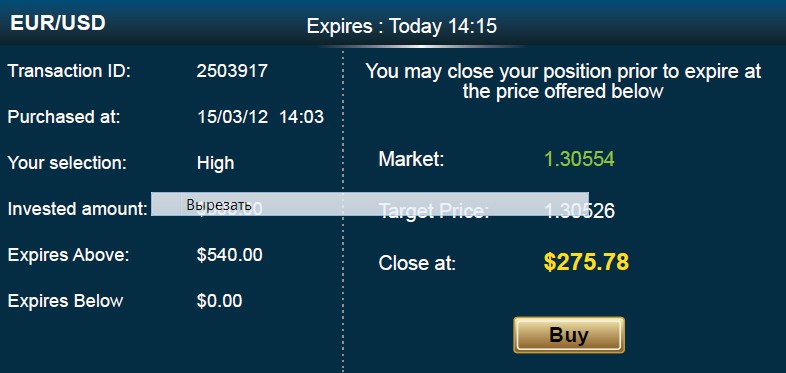Introduction to daytrading FAQ and basics
Post on: 16 Март, 2015 No Comment

Introduction to daytrading: FAQ and basics
The intention of this thread is to educate those who seek it. I may be overly rash and bias, but there are very few people who have actually day traded on this board and I’m one of them. The information is this thread is only to be used to establish information about what day trading is about, not what one should do if they wish to day trade or someone who is looking for strategies about day trading. I take no liability in your actions if you choose to pursue the route of day trading. With that said, I’m going to start this thread off with the basic definition of what qualifies someone as a day trader, and what day trading isn’t.
Day Trading defined
Day trading is the intra-day trading, meaning positions are taken and closed within the markets operation, and often is leveraged. according to rules, a day trader must have 25,000 in capital, otherwise their retail account will be suspended for 90 days, exact amounts of trades per week can be found here. This type of trading usual gives retail trading power, which is leverages at 4:1. This is opposed to wholesale trading leverage, which is higher, 10:1. This all done through a registered broker at the exchanges. A broker like, Genesis LLC or even E-trade allows this type of trading.
There are various loopholes in which many LLC’s have chosen to go. They call them sub-llcs, which are exactly what they’re called. They’re registered with brokers, like Genesis LLC who can legally have customers who trade through their company on a commission basis. However, these sub-LLCs collect capital from various traders and pool it. The sub-LLC now has a large pool leveraged 4:1, for example if the firm has 40 traders with 1k in capital, they have 40k or up to 160,000 total for the firm to trade. One trader maybe offered a high leverage, like 10:1, therefore they use 10x the amount of money they gave to the firms pool. The sub-LLC usually advertises 10:1, 20:1 etc which is illegal if the trader does not have the proper licenses. Anyone trading on margin higher than 4:1 is consider professional and must pay professional fees. Genesis is consider professional, and pays the exchanges high fees for trading through them on a business-business basis.
However, these sub-LLC’s don’t pay the professional fees, they aren’t licensed properly (series 7, 55, 66 etc), use illegal margins and are completely illegal These firms are easy to get into, easy to start and often start alive for quiet sometime. However, the SEC has recently began cracking down on these sub-LLC business platforms as the commissions the sub-LLC charges it’s traders is a broker-customer relationship only a registered firm can charge. See Tuco Trading, LLC
So you see the requirement to start day trading is not quick and simple. If it is, then it’s more than likely illegal and i suggest not sending your capital to the firm. You need at least $25,000 of capital, maximum 4:1 leverage, or to trade capital free you must be licensed and registered at the exchange as a member.
Negatives of day trading
There are many of us new to investing, who find it excelerating, thrilling and fun who have had relatively short term successes with large profits. However, day trading is difficult, requires developed complex understanding of how the market participants entry and exit from their positions effects movements in prices. How trends develop, what technical indicators mean, what bid-ask sizes mean and how they’re numbers develop price movements.
Day trading requires immense patients, there were days that I never implemented a trade and just watch the technical for hours upon hours. Intense studying must take place before the market opens, and after it closes. If you live on the west coast, expect to wake up 2 hours before the market opens and research what happened after the markets closed. It has been suggested by professionals to make a detailed entries into a daily journal of what your traders were about, how you developed the trade, why you felt the trade was a good idea, and what was the outcome.
Lastly, the failure rate of new traders is nearly 99%. This is a true statistic and should be carefully placed into consideration when making your decision to trade or not. A
-Matt
Modified by Matgallis at 3:12 PM 6/24/2008
Modified by Matgallis at 7:37 PM 6/24/2008














